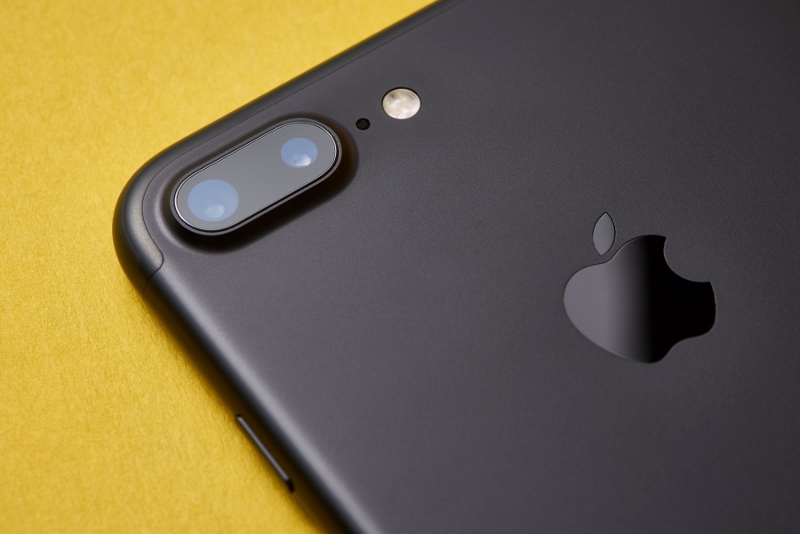1. Apple market-cap reaches US $ 1 trillions (just 12 zeros after 1).
2. Apple is NOT No 1 in USA (market share)
3. Apple’s market share in China dropped by 12.5 percent to 6.7 percent (Huwaie is highest with 27%)
4. Apple market share in India hits 1%.The data above gives conflicting signals – 1 trillion market-cap and loosing market share at Home market, plus in the two highest growing markets – India and China.
So, first the valuation part – main reason is that “The catch-all category — which includes the App Store, AppleCare, Apple Pay, iTunes and cloud services — posted record revenue of $9.55 billion for the June quarter. Almost 30% increase)“.
Now, the CONCERNS.
Apple iPhone’s average selling price is approaching US$800 and almost three times higher than the overall industry average.
Questions is “how long it can continue to do it successfully?”
People who could have bought an iPhone already have it. Other than super rich and corporate (where employee get it free), there is a question mark on upgrading to a new phones every time.
In India, the new range costs just over Rs 1 Lakh – in which you can buy a wonderful bike!
This shows somehow Apple is stubborn when it comes to pricing in India and China where the competition is huge. Now, what to do in such markets? Instead of decreasing prices, price premium strategy is followed but problem is that positioning is somewhat confusing.
Apple found that in India, iPhone is a huge purchase and mostly done on special occasions (gift purpose). So, first alternative is to increase the purchase rate.
Second, to counter the fear/perceptions of high prices in consumers mind, the EMI / cashback services are available and are prominently visible in print ads.
Now, the problem is – on the one side, we notice a premium positioning which should take the price out of equation in purchase decision.
But recent communication focuses on ‘owning’ an iPhone at an affordable EMI.
Now, Indian consumers do use EMI options, but for what? For example, home or automobile (via loans) and white goods. Also, what is the price point to go EMI route? That’s what makes it more interesting. Whether a consumer will see Rs 1 lakh as an opportunity to invest or buy a bike vs. iPhone on EMI?I think we have to wait for few quarters to see any impact of this strategy on sales/revenues of iPhone in India.
So, an iPhone OR an Apache 200 for the Adrenaline rush? Choice is yours!
Sources:
Discover more from World Of Marketing
Subscribe to get the latest posts sent to your email.





